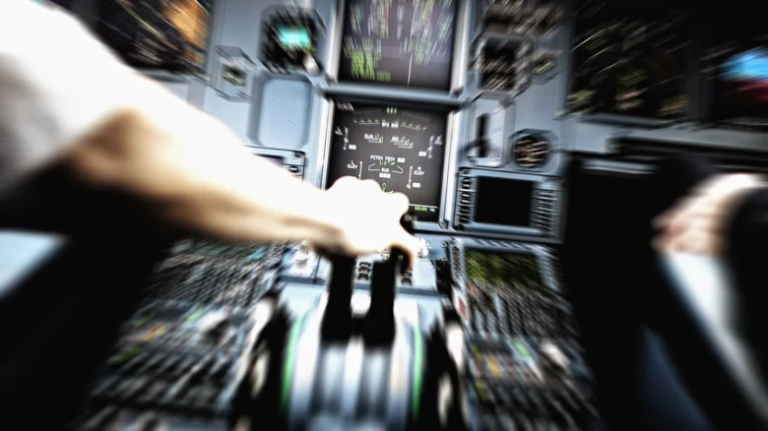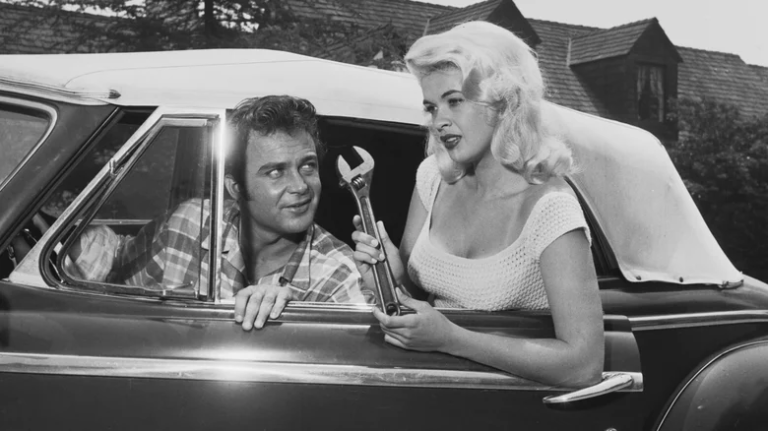If you’ve ever driven behind a semi-truck, you’ve likely noticed a horizontal bar near the bottom of the trailer, often painted with red and white stripes. This bar, officially known as an underride guard, is a critical safety feature designed to prevent cars from sliding underneath the truck during a collision. While these guards have been mandatory since 1998, their effectiveness has been a topic of debate and ongoing improvement.
In this article, we’ll explore the purpose of underride guards, their history, and why they’re also called Mansfield bars. We’ll also discuss the challenges in making these guards more effective and how they continue to evolve to save lives on the road.
What Are Underride Guards?
The Purpose of Underride Guards
Underride guards are metal bars installed on the rear (and sometimes sides) of semi-truck trailers. Their primary function is to prevent smaller vehicles from sliding underneath the truck during a collision. Without these guards, the high ground clearance of semi-trucks—typically 48 inches—poses a significant risk to passenger vehicles, especially sedans, which can easily wedge beneath the trailer in a crash.
How They Work
In the event of a rear-end collision, the underride guard acts as a barrier, absorbing impact and preventing the car from going under the truck. This reduces the risk of severe injuries or fatalities by ensuring that the car’s crumple zones and airbags can function as intended.
The History of Underride Guards
The Tragic Inspiration: The Mansfield Bar
Underride guards are often referred to as Mansfield bars, named after the tragic death of actress Jayne Mansfield in 1967. Mansfield, a Hollywood star known for her roles in films like The Girl Can’t Help It and Will Success Spoil Rock Hunter?, was killed in a horrific accident when her car collided with the rear of a semi-truck.
The car slid underneath the truck’s trailer, crushing the roof and killing Mansfield and two other adults instantly. Her three children, seated in the back, survived the crash. This tragedy shocked the public and led to calls for improved safety measures, ultimately resulting in the mandatory installation of underride guards on semi-trucks.
Regulatory Milestones
- 1998: Underride guards became mandatory for all semi-trucks in the United States.
- 2010s: Studies by the Insurance Institute for Highway Safety (IIHS) revealed that many underride guards were not strong enough to prevent fatalities, especially in partial head-on collisions.
- 2017: The IIHS recognized five manufacturers for improving the strength and design of their underride guards.
The Challenges of Underride Guard Effectiveness
Early Shortcomings
Despite their lifesaving potential, early underride guards had significant limitations. The IIHS found that many guards failed to withstand collisions at speeds as low as 35 miles per hour, particularly in partial head-on crashes. Between 2011 and 2015, fatalities from rear-end collisions with semi-trucks increased by 39%, highlighting the need for stronger and more effective designs.
Ongoing Improvements
In response to these findings, the National Highway Traffic Safety Administration (NHTSA) has continued to update safety standards for underride guards. Key areas of improvement include:
- Increased Strength: Modern guards are designed to withstand higher-impact collisions.
- Side Guards: Some advocates are pushing for the addition of side underride guards to protect against angled collisions.
- Adaptive Designs: Engineers are exploring innovative designs to account for varying truck sizes and collision angles.
Why Underride Guards Matter

Saving Lives
Underride guards play a crucial role in reducing the severity of collisions between cars and semi-trucks. By preventing cars from sliding underneath trailers, they help protect passengers from catastrophic injuries.
Protecting Vulnerable Road Users
Smaller vehicles, such as sedans and compact cars, are particularly vulnerable in collisions with semi-trucks. Underride guards ensure that these vehicles have a fighting chance in the event of an accident.
A Symbol of Progress
The evolution of underride guards reflects the ongoing commitment to improving road safety. From the tragic accident that inspired their creation to the continuous advancements in their design, these bars are a testament to the power of innovation in saving lives.
Expert Insights: The Future of Underride Guards
We spoke with Dr. Emily Carter, a transportation safety expert, to get her perspective on the future of underride guards.
“Underride guards have come a long way since their introduction, but there’s still room for improvement. The next frontier is side guards, which could significantly reduce fatalities in angled collisions. As vehicles and roads evolve, so too must our safety measures.”
How You Can Stay Safe on the Road
Tips for Drivers
- Maintain a Safe Distance: Keep a safe following distance from semi-trucks to reduce the risk of rear-end collisions.
- Stay Alert: Pay attention to the road and avoid distractions, especially when driving near large vehicles.
- Advocate for Safety: Support initiatives that promote stronger underride guard standards and the implementation of side guards.
A Lifesaving Legacy
Underride guards, or Mansfield bars, are more than just metal bars on the back of semi-trucks—they are a critical safety feature that has saved countless lives since their introduction. While challenges remain, ongoing advancements in design and regulation ensure that these guards continue to protect drivers and passengers on the road.
As we look to the future, the story of underride guards serves as a reminder of the importance of innovation, regulation, and public advocacy in making our roads safer for everyone.










